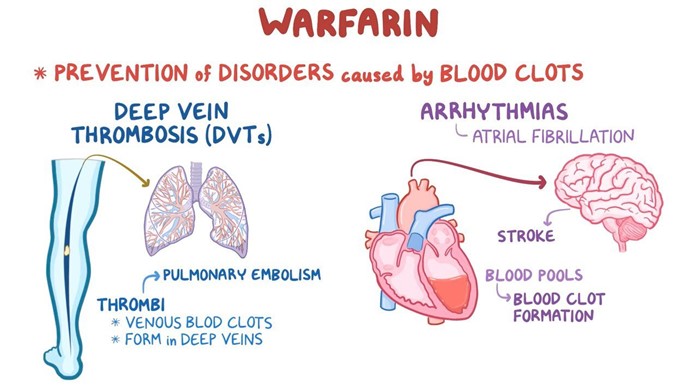A male client reports to the on-call nurse that he took tadalafil 10 mg by mouth two hours ago and his skin now feels flushed. He reports a history of stable angina, but denies experiencing any current or recent chest pain. Which action should the nurse take?
Instruct the client to increase his intake of oral fluids until the skin flushing is relieved.
Advise the client to place one nitroglycerin tablet under his tongue as a precaution.
Tell the client to have someone bring him to an emergency department immediately.
Reassure the client that skin flushing is a common side effect of the medication.
The Correct Answer is D
Choice A: Instructing the client to increase his intake of oral fluids until the skin flushing is relieved is not an appropriate action for the nurse, as this does not address the cause of the flushing, which is vasodilation due to tadalafil. This is a distractor choice.
Choice B: Advising the client to place one nitroglycerin tablet under his tongue as a precaution is a dangerous action for the nurse, as this can cause severe hypotension and cardiovascular collapse due to the interaction between tadalafil and nitroglycerin. This is a contraindicated choice.
Choice C: Telling the client to have someone bring him to an emergency department immediately is an unnecessary action for the nurse, as there is no evidence of any serious adverse reaction or complication from tadalafil. This is an overreaction choice.
Choice D: Reassuring the client that skin flushing is a common side effect of the medication is an appropriate action for the nurse, as this can calm the client and educate him about the expected effects of tadalafil. Therefore, this is the correct choice.
Nursing Test Bank
Naxlex Comprehensive Predictor Exams
Related Questions
Correct Answer is B
Explanation
Choice A: A 14-year-old client with anorexia nervosa refusing to eat the evening snack is a concern, but it’s not an immediate threat. The nurse can address this issue after dealing with more urgent situations.
Choice B: An 18-year-old client with antisocial behavior being yelled at by other clients requires immediate attention. This situation can escalate quickly and may lead to physical harm or emotional distress for the client.
Choice C: A 16-year-old client diagnosed with major depression refusing to participate in group is a concern, but it’s not an immediate threat. The nurse can address this issue after dealing with more urgent situations.
Choice D: A 17-year-old client diagnosed with bipolar disorder pacing around the lobby might be experiencing agitation or restlessness, but unless they’re showing signs of immediate distress or posing a risk to themselves or others, it’s not the most urgent situation.
Correct Answer is C
Explanation
Choice A reason: Increasing the intake of dark green leafy vegetables while taking warfarin is not a good instruction because it can decrease the effectiveness of warfarin. Dark green leafy vegetables are rich in vitamin K, which is a coagulation factor that counteracts the anticoagulant effect of warfarin.
Choice B reason: Eating two servings of dark green leafy vegetables daily and continuing for 30 days after warfarin therapy is completed is not a good instruction because it can cause bleeding complications. Dark green leafy vegetables are rich in vitamin K, which is a coagulation factor that counteracts the anticoagulant effect of warfarin. Stopping warfarin while continuing to eat high amounts of vitamin K can increase the risk of clot formation and thromboembolism.
Choice D reason: Avoiding eating any foods that contain any vitamin K because it is an antagonist of warfarin is not a good instruction because it can cause bleeding complications. Dark green leafy vegetables are rich in vitamin K, which is a coagulation factor that counteracts the anticoagulant effect of warfarin. Eliminating vitamin K from the diet can increase the sensitivity to warfarin and cause excessive bleeding and bruising.

Whether you are a student looking to ace your exams or a practicing nurse seeking to enhance your expertise , our nursing education contents will empower you with the confidence and competence to make a difference in the lives of patients and become a respected leader in the healthcare field.
Visit Naxlex, invest in your future and unlock endless possibilities with our unparalleled nursing education contents today
Report Wrong Answer on the Current Question
Do you disagree with the answer? If yes, what is your expected answer? Explain.
Kindly be descriptive with the issue you are facing.
